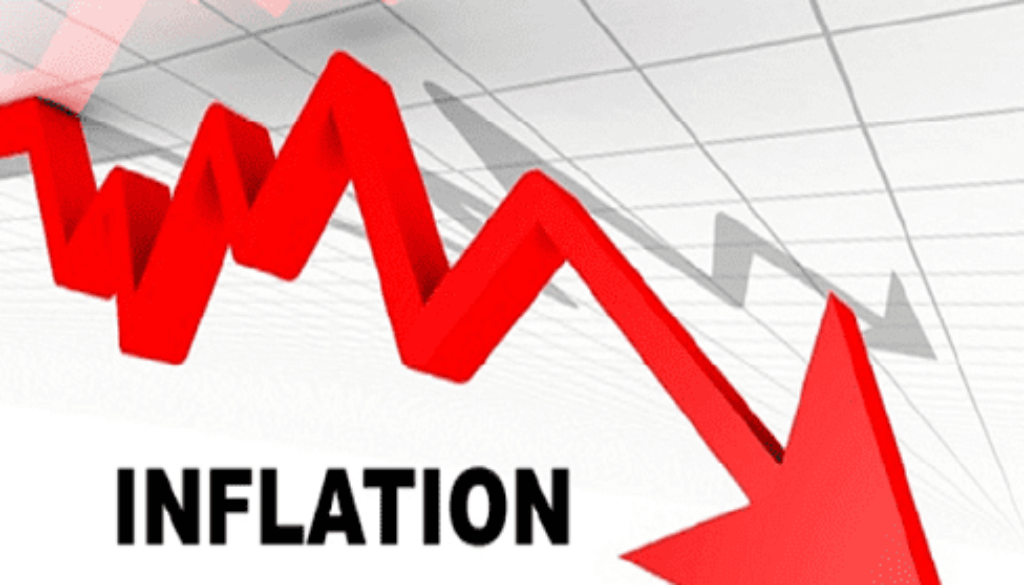Inflation eases sharply to 13.7% in June
Ghana’s year-on-year inflation rate for June 2025 has dropped significantly to 13.7 percent.

It marks the sixth consecutive monthly decline and the lowest level recorded since December 2021.
The latest figures released by the Ghana Statistical Service (GSS) on July 2 show a sharp fall from the 18.4 percent recorded in May, driven largely by easing food prices and a general slowdown in price increases across key consumer categories.
Government Statistician, Dr. Alhassan Iddrisu, attributed the decline to what he described as a significant reduction in inflationary pressures that have weighed on the economy in recent months.

“For the first time in a while, we are recording a month-on-month deflation of 1.2 percent between May and June, suggesting a real and sustained shift in price levels,” Dr. Iddrisu noted during a press briefing in Accra.
Food inflation fell by 6.5 percentage points to 16.3 percent, down from 22.8 percent in May, while non-food inflation also eased to 11.4 percent from the previous 14.4 percent.
However, regional disparities remain stark.
The Upper West Region recorded the highest inflation rate at 32.3 percent, largely driven by rising food and utility costs. In contrast, the Bono Region posted the lowest at 8.4 percent.
Dr. Iddrisu called for the use of more localized, granular data in policy planning to help address these regional imbalances and sustain the national disinflationary trend.
The consistent decline over the past six months offers a hopeful sign for policymakers and businesses alike, especially as government targets single-digit inflation by early 2026By:Nii Larte Lartey






